Latest Posts

Rocket Innovations for Private Space Flight
Did you know that up until the 1920s, rockets were powered by solid propellants and oxidizers? Enter the invention of the liquid-fuel rocket. Learn more about innovations in modern rocketry.
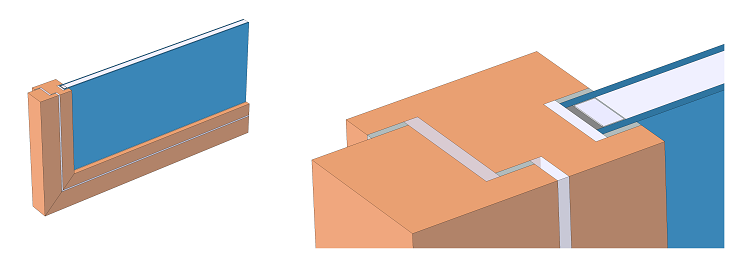
Simulating Thermal Performance in Windows
Windows must be able to keep heat out during the summer and heat in during the winter in order to keep the inside of a building at a comfortable temperature, a process called thermal insulation.

Computing and Controlling the Volume of a Cavity
See a method for modeling enclosed volumes containing incompressible fluids (under the additional assumption that the momentum and energy transfer via the fluid is small) in COMSOL Multiphysics®.
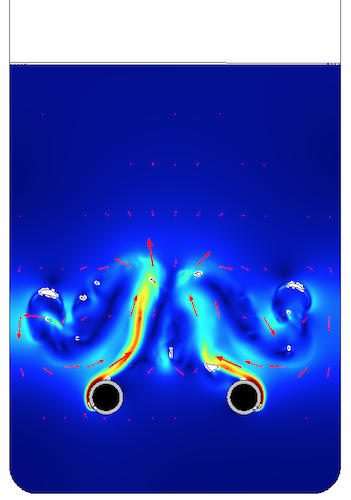
Improving Bioreactor Performance with COMSOL Multiphysics
A guest blogger from Continuum Blue gives an overview of what the consultancy can do using simulation for their biomedical engineering clients.
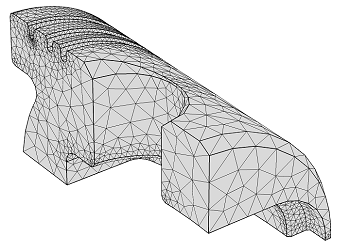
Size Parameters for Free Tetrahedral Meshing in COMSOL Multiphysics
COMSOL Multiphysics® has 9 built-in size parameter sets when meshing. In this blog post, we’ll discuss size parameters for 1 of these sets: free tetrahedral meshing.
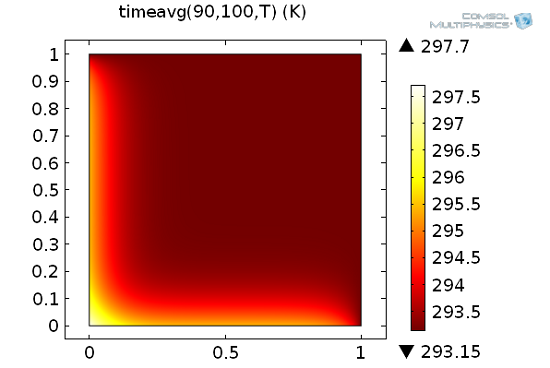
Overview of Integration Methods in Space and Time
Integration is an important mathematical tool for numerical simulations. For example, partial differential equations are usually derived from integral balance equations.
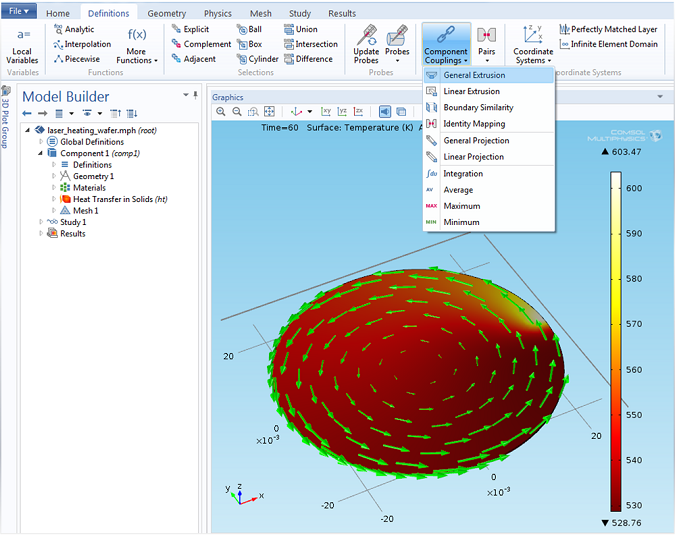
Using the General Extrusion Coupling Operator in COMSOL: Dynamic Probe
Consider a laser heating example with a moving heat source (laser) and moving geometry. How can you use the General Extrusion coupling operator to probe a solution at a point in the geometry?
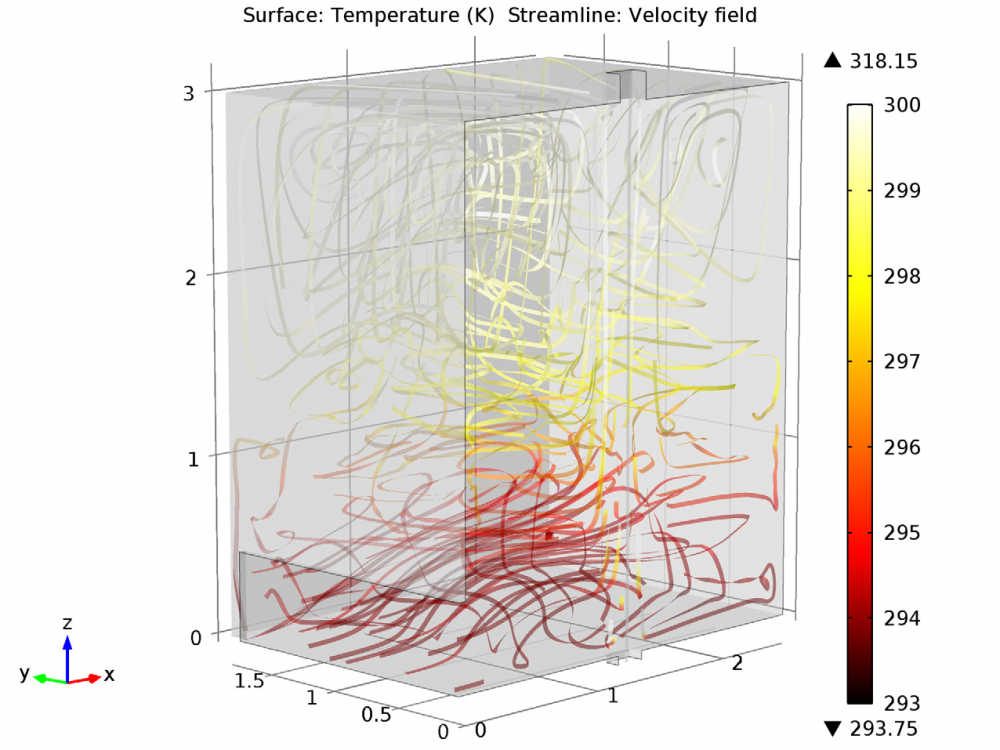
Modeling a Displacement Ventilation System
There are 2 different types of ventilation systems: mixing ventilation and displacement ventilation. Displacement ventilation is mainly found in offices, schools, and other public spaces.
